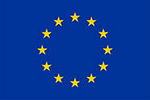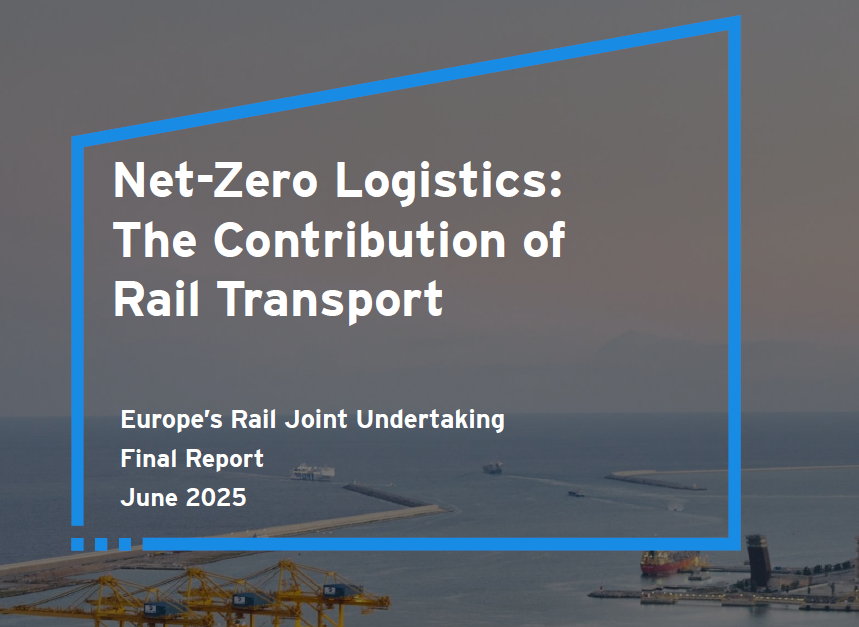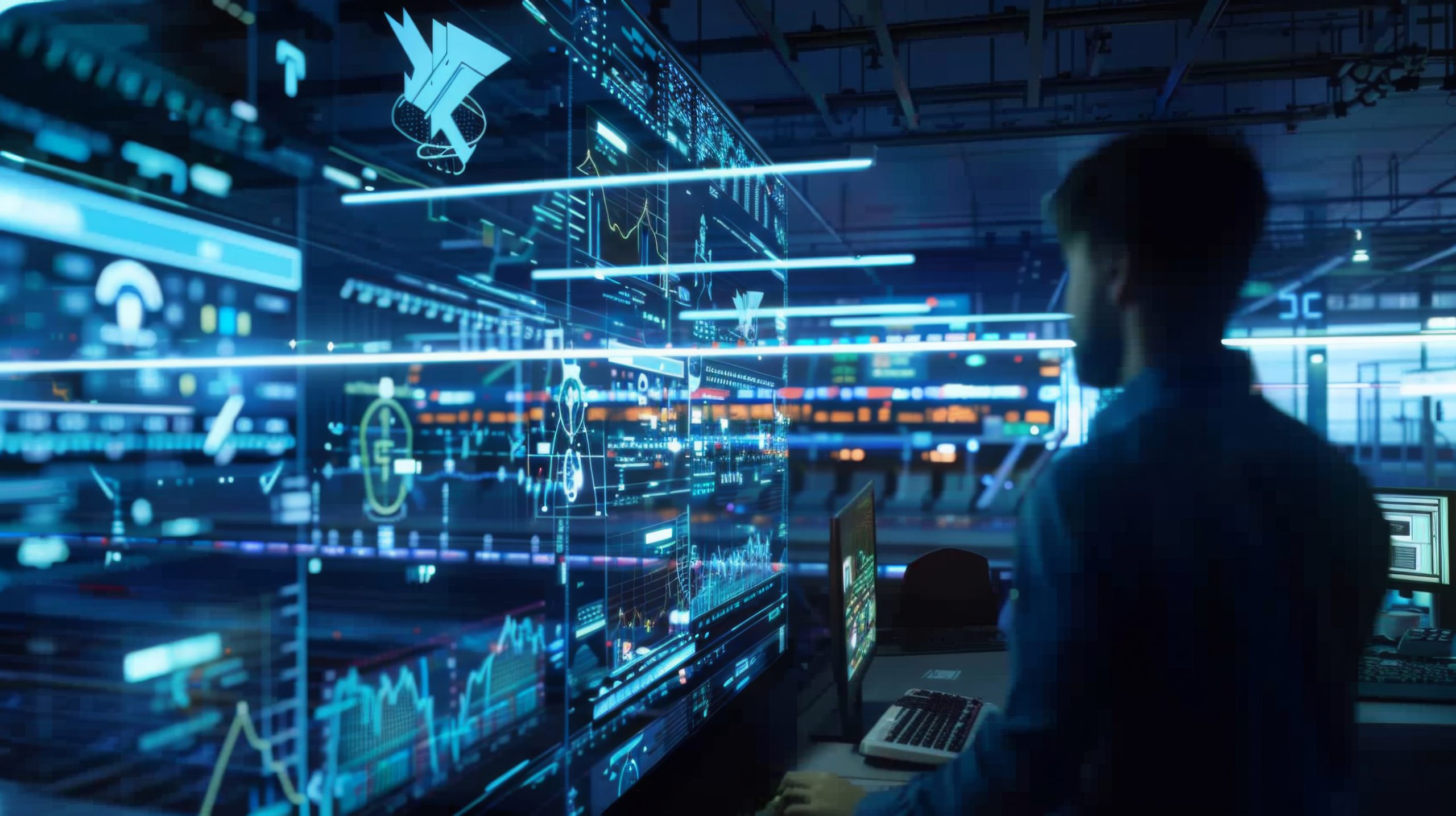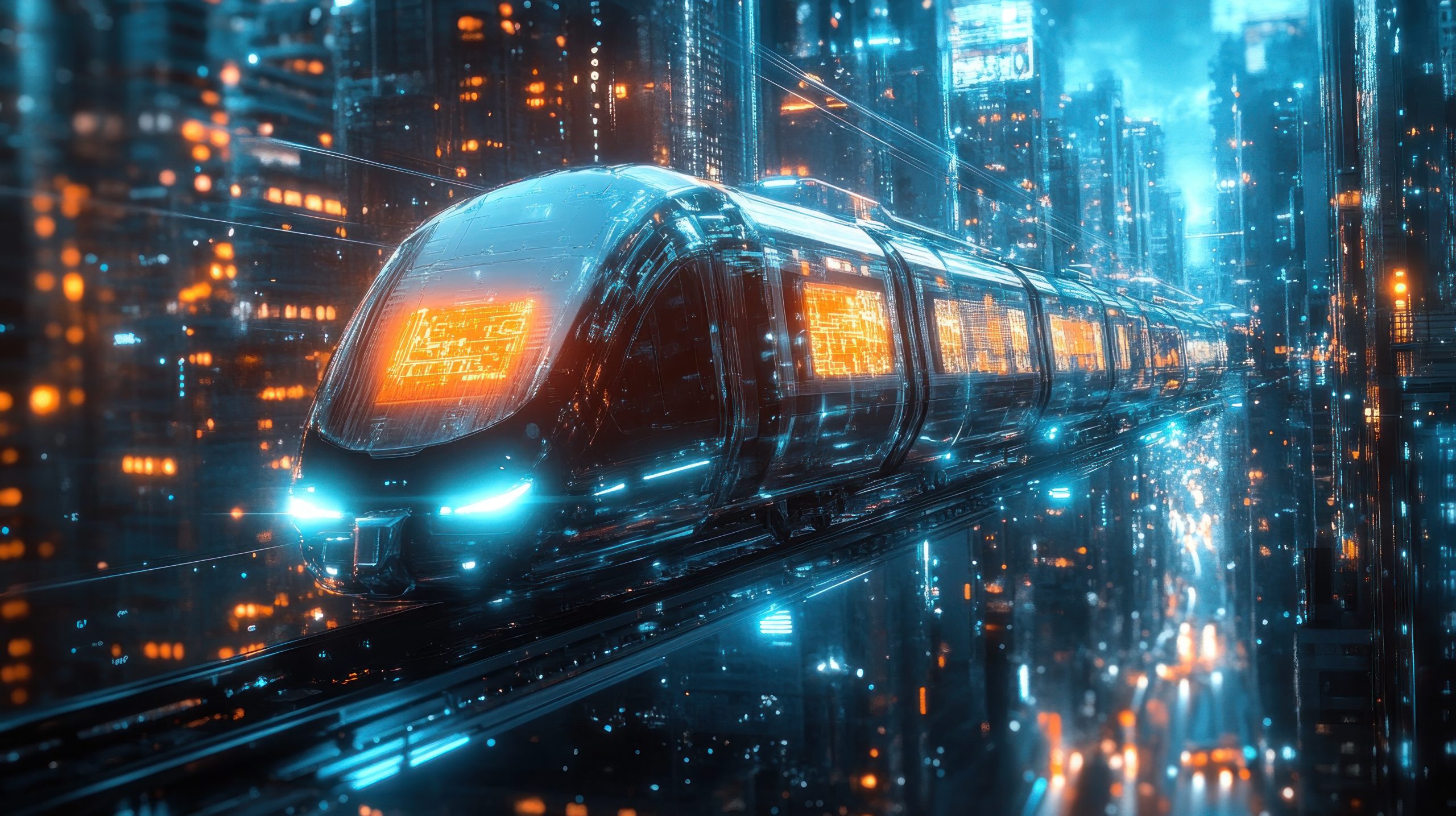Europe must take decisive steps to simplify and modernise its rail systems to strengthen competitiveness,...
Shift2Rail presented more than 20 cutting-edge solutions for a ground-breaking transformation of railway systems on 18-21 September in Berlin at InnoTrans 2018, the largest rail trade fair in the world, attended by more than 160,000 visitors. It was the first time Shift2Rail presented concrete results, barely two years after starting its R&I activities.
We have gathered for this newsletter six innovations Shift2Rail presented at InnoTrans. See how participants in our projects are inventing the next generation of railways – setting the stones for a rail system revolution to come.
One-click away from anywhere in Europe
Today, apps allow travellers to find the best multimodal routes, although without real time information everywhere or with complex bilateral arrangement often at local/national level. Shift2Rail is bringing this technology to a new level by introducing a real-time European wide and easily implementable system that will enable the planning, booking and purchasing of multimodal trips across Europe with just one click – a preliminary version was available at InnoTrans for public test.
“A multimodal journey across the Europe means that you can use car, bike, train, tram, airplane or any other form of transport to travel in Europe from one place to another, “says Rui Lourenço, a Shift2Rail Innovation Programme for IT Solutions project coordinator from Thales.
For passengers, travelling with public transport becomes easier than ever thanks to multimodality being at their fingertips. They can travel door to door seamlessly, and rail is at the heart of such multi-modal system.
Transport service providers will also save money and time, as they will be able to benefit from the S2R interoperable ecosystem without the need of changing their legacy system while keeping control of their own commercial policies. The Interoperability Framework, a Shift2Rail-developed solution, will gather data directly from providers’ current ‘legacy’ systems, thanks to a semantic technology in development, able to understand data from diverse sources.
Big data to feed energy saving strategies
Currently, energy measurements are conducted only on board of trains and are not used to make networks more energy-efficient. A new tool for smart energy metering developed within Shift2Rail aims to change this. The system will permit assessing energy efficiency and flows in rail systems.
“We are gathering data on the temperature, location, CO2 emissions and energy flows. With that data, we are able to make proposals on how to reduce the energy consumption of trains,” says Guillaume Pelletier, a Shift2Rail project coordinator from Dotvision together with Marius Iordache from Alstom who leads Shift2Rail’s work with smart energy metering.
The feasibility of this model was tested on-board of two tramways and in a traction substation in Reims, France.
No more wheel-kicking: welcome the digital brake testing
Testing brakes is mandatory every time before a freight train departs in Europe. Right now, this test takes more than 45 minutes and requires two persons to check every brake manually. To change this, Shift2Rail Members are developing a digital brake test the driver can trigger from his cabin using just a tablet.
“This digital solution can perform these tests twice as fast and it needs just a single person to perform it. This saves time and improves safety and flexibility as every type of train can be equipped with the digital solution,” says Bertrand Minary, a Shift2Rail Innovation Programme for Freight project coordinator from SNCF.
The visitors of InnoTrans were able to sit in the driver’s seat and discover how the digital brake testing makes mandatory checks faster and more efficient.
Less Cable, More savings
Trains today commonly carry more than 10 km of cables and many electronic devices on board to control doors, brakes, traction, signalling and many other functions. To make trains lighter, roomier and more energy-efficient, Shift2Rail is merging all of these devices together into a single wireless platform.
Safety is one of the main challenges when getting rid of cables. How to guarantee brakes will always work under any condition even if the wireless network is overloaded?
“We have to make sure that [the wireless system] is completely free from interference. It is very important that we are always able to brake the train even if some other parts of the system are malfunctioning”, says Arjan Geven, coordinator of the Safe4Rail project together with Javier Goikoetxea who is leading Shift2Rail’s work with train control and monitoring systems.
The TCMS mockup presented at InnoTrans is able to prioritise braking and other safety-critical features of the train even if case of network failure. Non-critical features like CCTV or screens might go off, but essential functions continue working. Safety is guaranteed as the system is certified SIL4, the highest safety standard in the market.
A train that is music to your ears
Shift2Rail-funded researchers are introducing computer simulations to assess different strategies to reduce noise and vibration levels –both for passengers inside trains and passers-by outside.
“For example, we can simulate the difference in [exterior and interior] noise levels between a train equipped with cast iron brake blocks and a train with composite brake blocks,” says Rüdiger Garburg, representing Shift2Rail’s work with noise and vibration reduction.
Visitors at InnoTrans could use virtual reality headsets to experience the different train noise scenarios.
Do you want to discover the next generation of railways? Access videos, photos and technical explanations on the 20+ Shift2Rail demonstrators here!
